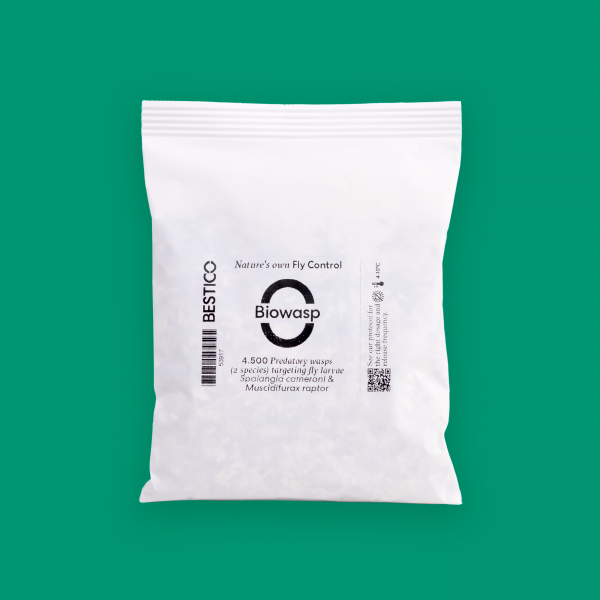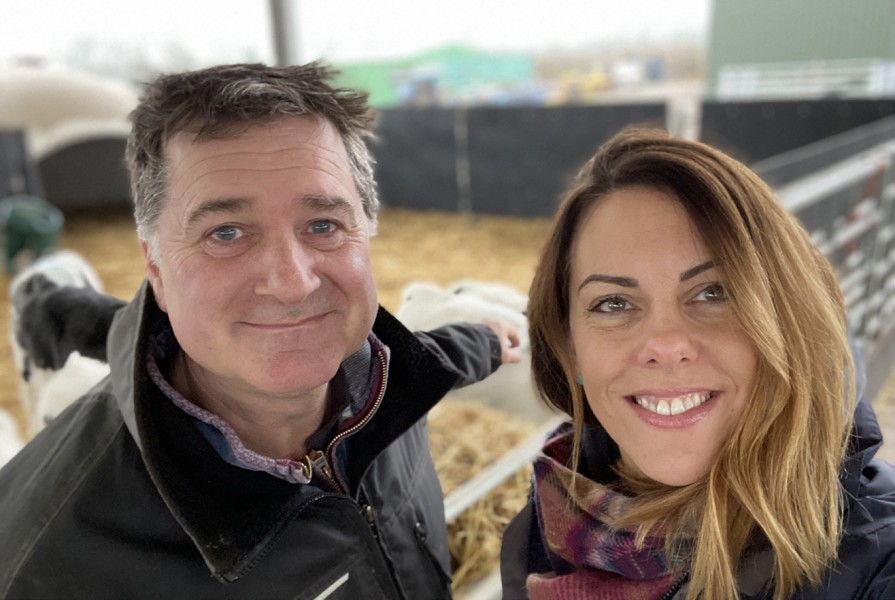How does it work?
Once dispersed in the areas where the flies develop, the mini-wasps start searching for fly pupae to parasitize and consume them. The Biowasp are scattered over areas with little trampling and likely to harbor fly larvae and pupae (around walls, under drinking troughs, in food storage areas, where there is an accumulation of organic matter) . A single mini wasp destroys about 100 fly pupae over its lifetime. The dosage is made according to the number of animals or the quantity of organic matter.







